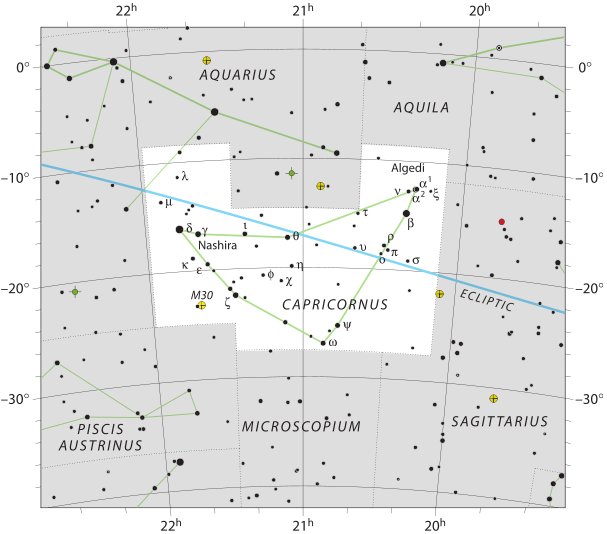The Arrow star (Sham, α Sagittae) was close to Sun when the immortal Gemini twin Pollux was close to the Full Moon:
Then there were 4 days ahead to ihe manu kara etahi, possibly referring to when the Arrow point (ihe) threatened a bird. But the 'bird' in Ca11-18 has no wing in front and is more of a 'fish' which cannot fly. July 19 is day 200 where Drus (χ Carinae) far down in the 'fish bowl' (È) of the Southern Hemisphere was rising with the Sun, 24 (= 119.9 - 95.6) nights after Canopus. Comparing with the text on the G tablet we can see how day 300 from March 21 is a point of turning upside down. 236 = 4 * 59 = 472 / 2:
When Sun was at 20h (January 19) then Moon was at 8h (in a map of time it is possible to move without effort from one position to another):
The Moon position 8h corresponds to Heka 13, where this unfortunate dark manzil is ending. In the Gregorian calendar 20h corresponds to day 384 (counted from January 1 the previous year). In the night of January 19 the Heap of Fuel (μ Cancri) could have promised a return of the great fire in the sky (Sun). 384 = 13 * 29½ + ½. 3 days later, in January 22, the Bright Fire star (λ Cancri) was close to Moon while Sun was at Gredi (α Capricorni). The transition from Sagittarius to Capricornus was then completed in the following night with κ Sagittarii, the last star of the Archer Horse - positioned in his hairy tail which agrees with no mata in Ca11-24 (because you cannot see when there is hair hanging down in front of your face, mata):
I have used and will continue to do so the erroneous form Gemini instead of Geminorum in the Gemini star names. Geminorum is too long and cumbersome.
The first Capricorn star (with a Greek letter) is ξ which rose heliacally in manzil day 250, when Al Tarf (The End, β Cancri) was close to Moon (cfr Ca11-22):
4 days later the ecliptic was close to ο Capricorni and after another 3 days τ and υ rose with the Sun in day 393 (= 193 + 200):
314 days after March 21 coincided with Al Baldaah 1, and the Chinese name Yue for ψ Sagittarii suggests a time of violent death because it means Battleaxe. In contrast, on the other side of the sky (year) such a star as Beehive (ε Cancri) could be seen in the night to express the opposite, viz. birth. A hive (Ç) full with bees is teeming with life.
According to Wilkinson (Reading Egyptian Art) both the horizontal 'barrels' at bottom (8) and the vertical containers at the top (6) are beehives. Earth is horizontal in the bottom picture, whereas in the honey-gathering phase (the top picture) earth is leaning downwards. The bottom picture (with 8 'barrels' and 10 'bees' at right) obviously could refer to the season of the Sun, while the top picture has 6 containers at left (meaning 'past') and 7 + 3 'bees' at right, presumably referring to the 2nd half of the year, ruled by Moon. Or by Aquarius? The signs are not distributed randomly and there certainly is more informatin to be gained from the pictures. For instance is there one bee without the antenna pair. | ||||||||||||||||||||||||||||||||||||||||||||||||||||||||||||||||||||||||||||||||||||||||||||||||||||||||||||||||||||||||||||||||||||||||||||||||||||||||||||||||||||||||||||||||||||||









